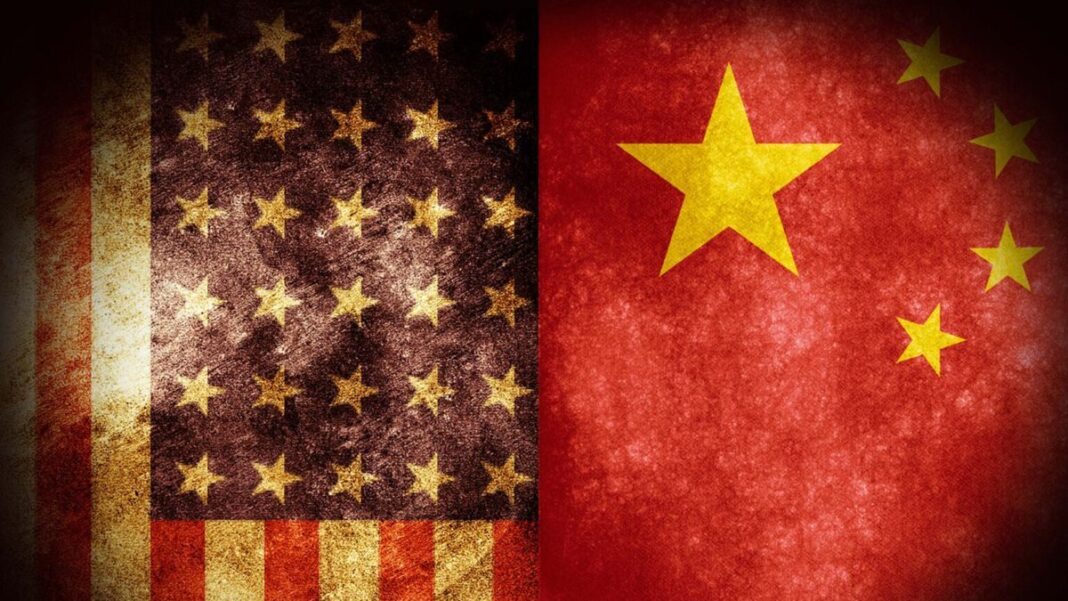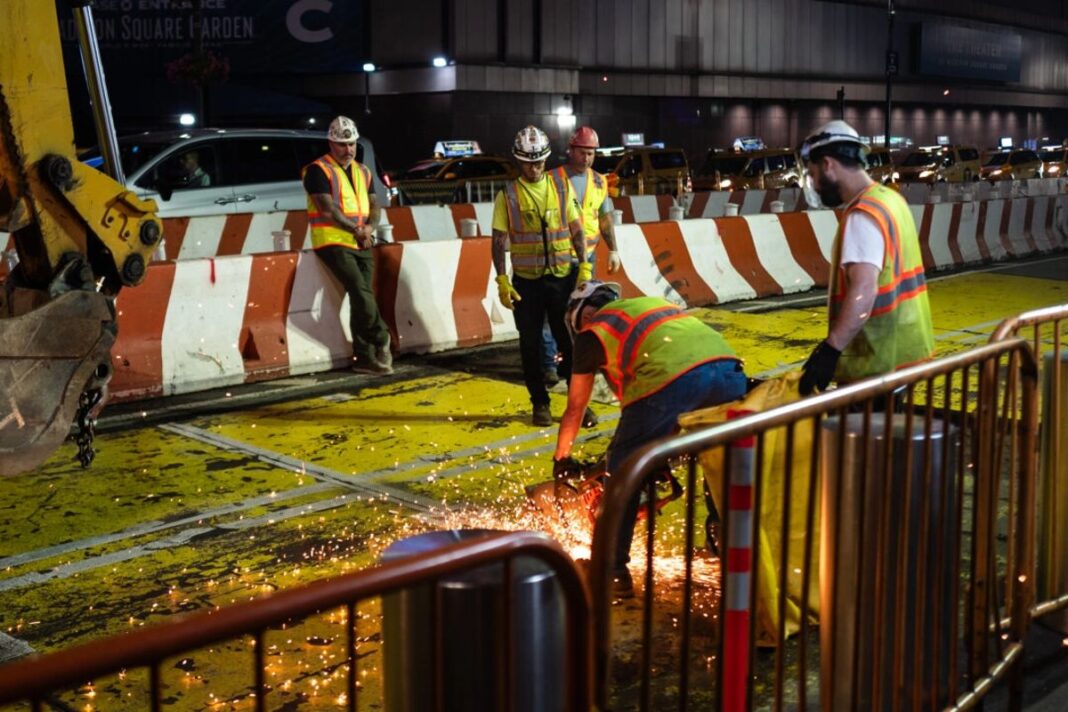It is community not class that shapes the polarization
Growing up in Manhattan, I lived in the heart of the “Silk Stocking District,” a world of limousine liberals and cultural elites. My childhood unfolded between West 72nd Street and Central Park South, in a building fronting the park and backing onto 58th Street. This was John Lindsay’s New York, where JFK once held a campaign meeting at the Colosseum Exhibition Center on Columbus Circle, back when New York’s 45 Electoral College votes were a prize worth chasing. Over time, those votes dwindled to 28 as populations shifted and drifted, many to Florida. For those families like my parents, liberals to the core, who stayed, anything west of the Hudson River was a mystery—a place we acknowledged existed but rarely considered.
It wasn’t that they looked down on the people beyond the Hudson. New Yorkers from my Fifth Avenue milieu weren’t snobs; we simply didn’t think anything about them. Their lives, ethnicities, and concerns rarely penetrated our closed social world. The stench of Secaucus, New Jersey’s pig farms, carried by summer breezes across the river, was a faint reminder that something existed out there. As one old saying went, “the best way to drive past Secaucus on the New Jersey Turnpike was not to inhale.”
But beyond that fleeting annoyance, life in New York hummed along, undisturbed by the realities of “flyover country”—a media-coined term no true New Yorker ever used. New York is a cultural epicenter, its museums, galleries, and theaters world-class. Yet no one attends a performance at Lincoln Center smugly thinking, “They don’t have this in Peoria.”
The disconnect between urban liberals and rural America isn’t about snobbery; it’s about community—or the lack of it. In Manhattan, community often feels transactional, a network of connections built to solidify status. Charity boards and high-profile causes are less about selflessness and more about cementing one’s place in the social hierarchy.
I never questioned this worldview until a visit to my sister’s semi-rural estate upstate opened my eyes to a different way of life. Her sprawling property, complete with an overweight Labrador, wandering chickens, and a pony, was a picturesque retreat. The animals grazed, pecked, and buried bones across a couple of acres framed by autumnal trees. It was idyllic for a week—sitting outdoors with a beer, savoring the barbecue—but the soul craves more than verdant tranquility.
Curious about the area, I asked to explore the nearby community on foot. What I discovered shattered my urban preconceptions and revealed a profound cultural chasm. We came upon a massive horse corral, which I naively assumed was for a pony club. My sister corrected me: it was a state-of-the-art therapeutic or bridge riding facility, built entirely by local volunteers for children with special needs. Every dollar for its construction came from community fundraising.
The staff—skilled, experienced, and dedicated—were all volunteers. I watched one guide a child with care and expertise, fostering trust and joy. On a nearby wall hung photos of 16 horses, each carefully selected for the children’s needs and purchased for around $15,000 each—again, through donations. The scale of this selfless effort was humbling.
But the most enlightening moment was simpler still. As we left, we passed an open field with steep, grassy slopes where horses grazed. A group of women in dirty jeans and caked rubber boots raked horse manure, piling it into wheelbarrows and struggling to push them uphill. When I remarked on their dedication, my sister casually noted that these women were accountants, lawyers, and CEOs. This was beyond my Manhattan imagination.
In my early world, volunteering often came with an agenda—visibility, status, a steppingstone to something greater. Here, in this rural community, people gave their time and labor without a hint of self-interest. It was pure, unadulterated love for their neighbors. This experience illuminated the gulf between urban blue states and the rural heart of America, a divide that explains much of the nation’s political and class-based polarization.
In Manhattan, community is often a means to an end, a way to network or signal virtue. In rural areas, community is the end itself—a shared commitment to mutual care and support. The volunteers I met didn’t seek recognition; they sought to serve. Their work wasn’t a line on a résumé but a reflection of a worldview rooted in connection and sacrifice. This sense of community, so foreign to my urban upbringing, transcends academic treatises or partisan punditry. It’s not about red states versus blue states; it’s about two Americas with fundamentally different ways of seeing the world.
Urban Democrats have ethnic, racial, and religious communities and community of languages but these, especially with a transient, shifting percentage of their population, do not provide a wider community societal glue
My childhood in Manhattan, grounded in the natural beauty of Central Park and the sophistication of city life, gave me a foundation I cherish. But it took a day in “flyover country” to see what I’d been missing: a community that doesn’t just exist but thrives on selflessness and shared purpose. As I reflect on that day, I’m reminded of family dinners growing up, where conversation revolved around current events, the natural world, and—unavoidably—Star Wars.
A rural or semi-rural childhood, like the one I glimpsed upstate, roots you in community and nature in a way city life rarely does. Urban sophistication can be layered on later, but the grounding of a place where people literally push manure uphill for the sake of others—that’s something Manhattan can’t teach. And it’s a lesson we’d all do well to learn if we hope to bridge the divide tearing America apart. MJS.







